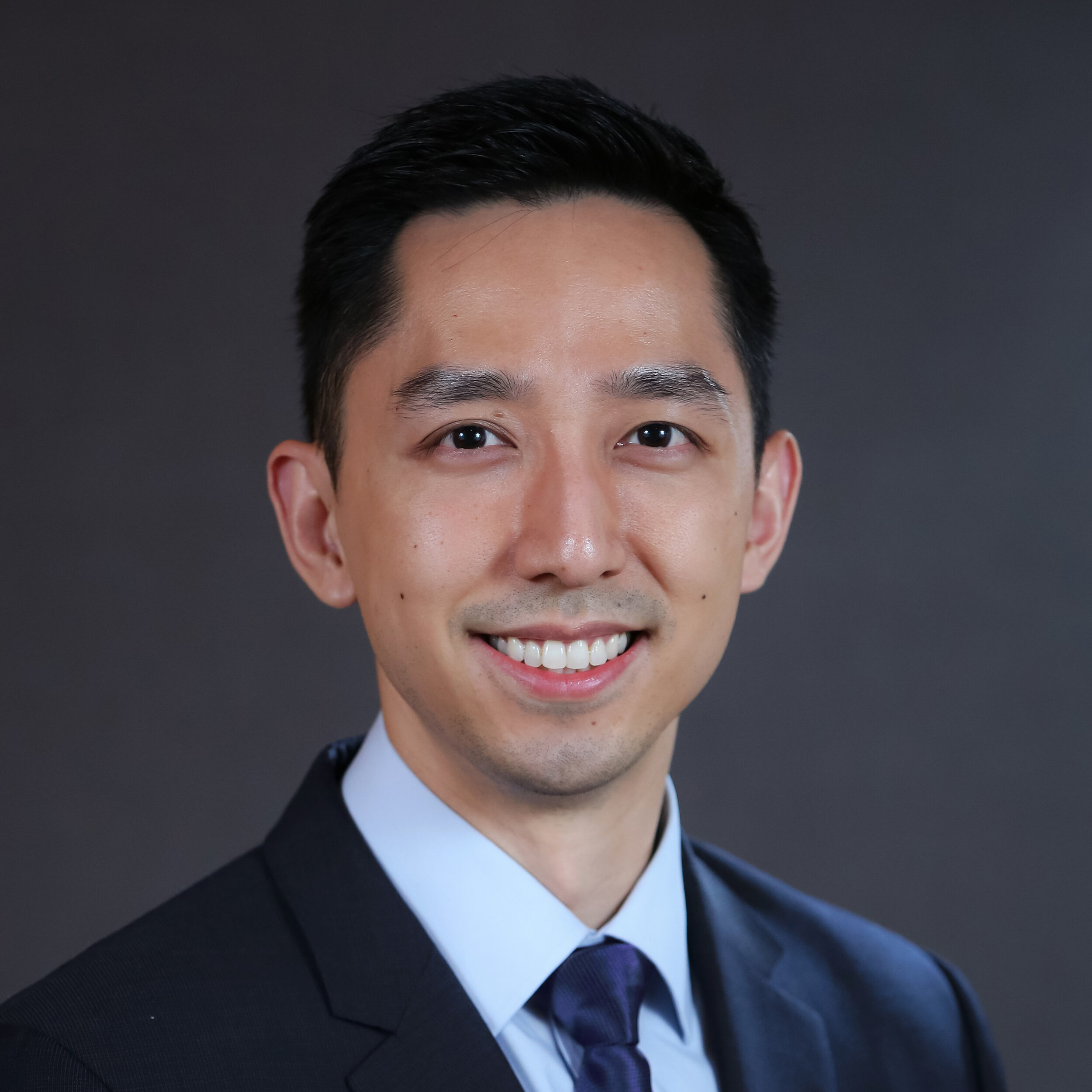Shoulder Anatomy
Michael Fu, MD
We might be biased as a shoulder-focused practice, but the shoulder is one of the most incredible joints in the human body. As humans, we are highly dependent on our hands and upper extremities for almost all activities of daily living, work, recreation, and sports. The shoulder serves as the connection between the upper extremity and the rest of the body. In a normal shoulder, there is a delicate balance between tremendous range of motion with multiple degrees of freedom, joint stability, and strength.
As with other joints in the body, the shoulder is comprised of structures made of both bone and soft tissues (muscles, labrum, ligaments, and tendons).
Bony Anatomy
Image courtesy of Visible Body.
The main bony structures of the shoulder are the glenoid (socket) and the humeral head (ball), which are surrounded by the acromion, clavicle (collarbone), and scapula (shoulder blade). Compared to the hip socket, which is also a ball-and-socket joint, the shoulder socket is much shallower - thus allowing for significantly more range of motion before the bones impinge. The trade-off is that there is much less inherent bony stability in the shoulder, which explains why shoulder dislocations are much more common than hip dislocations. In fact, the bony anatomy of the shoulder (glenohumeral) joint has been compared to a golf ball on a tee.
Codman, E.A. (1934). The Shoulder.
We know it doesn’t take much for a golf ball to fall off the tee - sometimes just a strong breeze will do. So why isn’t the shoulder dislocating all the time?
Static Soft tissue anatomy
The reason why your shoulder remains stable (most of the time) is that in addition to the small amount of inherent bony stability, there are other static soft tissue stabilizers around the shoulder joint. These include the labrum, capsule, and ligaments around the shoulder.
Codman E.A. (1934). The Shoulder.
Glenoid labrum. Image courtesy of Visible Body.
Dynamic shoulder stabilizers - rotator cuff
In addition to the static soft tissue stabilizers, the rotator cuff is a set of muscles and tendons around the shoulder that serve to actively maintain the stability of the shoulder joint.
Rotator cuff. Image courtesy of Visible Body.
Codman E.A. (1934). The Shoulder.
By actively pulling the humeral head (ball) against the glenoid (socket) so that the joint remains centered, a stable fulcrum is thus created. This allows the much larger muscles around the shoulder (deltoid, pectoralis major, latissimus dorsi, etc.) to push and pull around a stable joint, which is what allows us to do amazing things with our shoulders.
About the Author
Dr. Michael Fu is an orthopedic surgeon and shoulder specialist at the Hospital for Special Surgery (HSS), the No. 1 hospital for orthopedics as ranked by U.S. News & World Report. Dr. Fu treats the entire spectrum of shoulder conditions, including rotator cuff tears, shoulder instability, and shoulder arthritis. Dr. Fu was educated at Columbia University and Yale School of Medicine, followed by orthopedic surgery residency at HSS and sports medicine & shoulder surgery fellowship at Rush University Medical Center in Chicago. He has been a team physician for the Chicago Bulls, Chicago White Sox, DePaul University, and NYC’s PSAL.
Disclaimer: All materials presented on this website are the opinions of Dr. Michael Fu and any guest writers, and should not be construed as medical advice. Each patient’s specific condition is different, and a comprehensive medical assessment requires a full medical history, physical exam, and review of diagnostic imaging. If you would like to seek the opinion of Dr. Michael Fu for your specific case, we recommend contacting our office to make an appointment.









